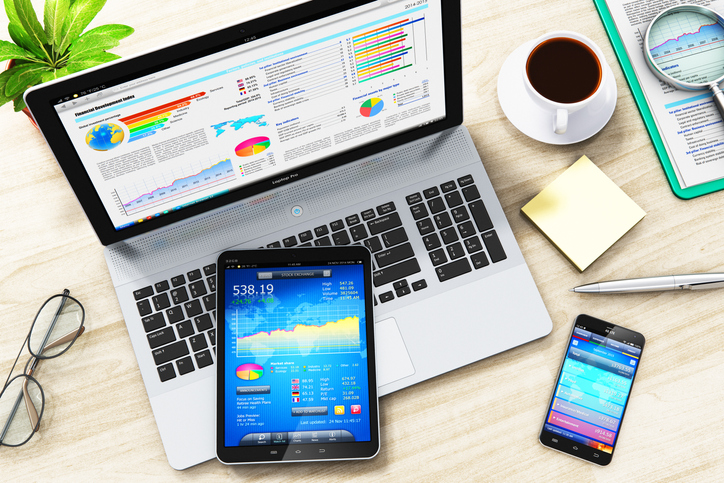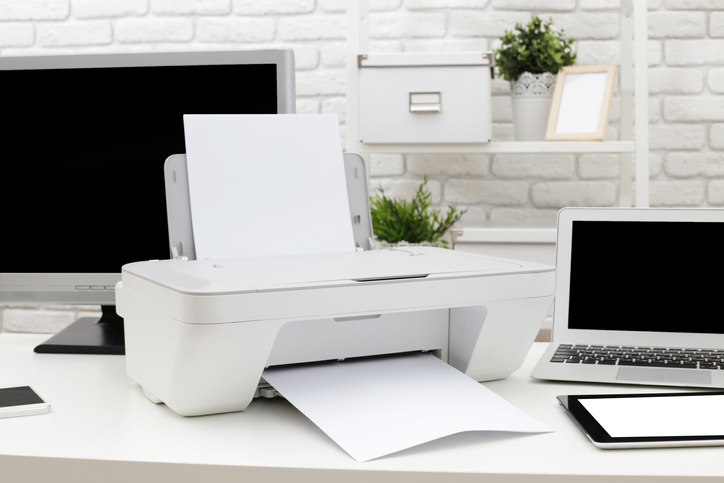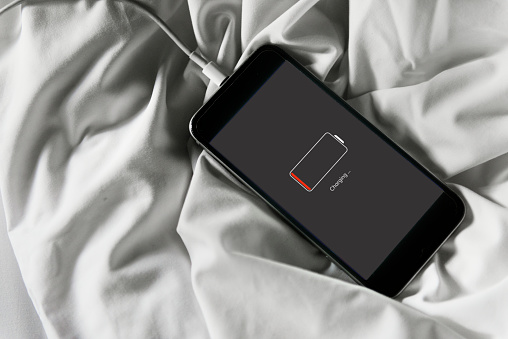As rates of technological utilization continue to rise, consumers need to ensure that they are not only purchasing green products, but using them responsibly as well. Unfortunately, in a phenomenon known as the “rebound effect," consumers often use sustainable products more frequently than their less efficient devices. Think about it. If your car got twice as much mileage as it does now, you would likely start driving places more often. However, if you do this too much, then you could potentially generate more harmful emissions than you did with the more efficient car. Therefore, no matter what devices you own, it is important that you use them sustainably. Following are some tips on how to use your devices as efficiently as possible.
Right-Sizing Your Devices
These days, consumers often own multiple devices that serve  overlapping purposes: digital cameras, smartphones, tablets, laptops, etc. However, consumers can save a lot of electricity and money if they minimize their number of devices so that they only own machines that fulfill their needs with as little excess capability as possible. This strategy is called right-sizing your devices. For example, laptops are generally less efficient than tablets, and tablets are generally less efficient than phones. If someone does not need a built-in keyboard, they should refrain from buying a new laptop and get a tablet instead. By right-sizing your number and type of devices, you will cut down on your electricity bill and simplify your workplace, thus promoting efficiency and saving money.
overlapping purposes: digital cameras, smartphones, tablets, laptops, etc. However, consumers can save a lot of electricity and money if they minimize their number of devices so that they only own machines that fulfill their needs with as little excess capability as possible. This strategy is called right-sizing your devices. For example, laptops are generally less efficient than tablets, and tablets are generally less efficient than phones. If someone does not need a built-in keyboard, they should refrain from buying a new laptop and get a tablet instead. By right-sizing your number and type of devices, you will cut down on your electricity bill and simplify your workplace, thus promoting efficiency and saving money.
Use Your Energy Saver Settings
By far the easiest way to save power and energy, turning on and maximizing the energy saver settings on all of your devices can save you up to $100 a year on your electricity bill. These settings are quick and easy to implement and, when properly set, will not impact your user experience.
Reduce Unnecessary Peripherals
 As a part of right-sizing your devices, it is important to get rid of redundant technologies. It is very inefficient for everyone in an office space or home to have their own printers, microwaves, mini fridges, etc. Although it might save everyone a few seconds, it can dramatically increase the monthly electricity bill. Furthermore, common devices can promote workplace conversation and collaboration.
As a part of right-sizing your devices, it is important to get rid of redundant technologies. It is very inefficient for everyone in an office space or home to have their own printers, microwaves, mini fridges, etc. Although it might save everyone a few seconds, it can dramatically increase the monthly electricity bill. Furthermore, common devices can promote workplace conversation and collaboration.
The 3:00am Strategy and Vampire IT
Idle electronics, or electronics that are on and not being used, are nicknamed vampire IT because of their potential to drain your power supply at night. These appliances can add up, costing consumers hundreds of dollars each year on their power bills. Fortunately, there is a free way to figure out how much vampire IT is contributing to your monthly bill. The 3:00am strategy, as described by a 2015 Washington Post article, requires checking your meter data when your energy usage is at a minimum, which for most people is from 3:00-4:00am. This meter data will show you how much energy you are consuming when you are not actively benefitting from most of your electronic devices. Although you can expect costs from some of your appliances like your A/C, heating, and refrigeration, many devices like your computer and TV still use energy if they are not unplugged or turned off at night. If you find that your household or workplace is still consuming a lot of energy at night, you can use smart power strips to help prevent vampire IT.
Charging Your Devices
 For most modern devices, it does not matter if you charge your electronics all the time. In fact, it can be harmful for your device's battery if you frequently let it die. A current-sensing smart power strip can help you charge your device in the most efficient manner. This can extend the life of your battery, saving your money, your time, and the environment.
For most modern devices, it does not matter if you charge your electronics all the time. In fact, it can be harmful for your device's battery if you frequently let it die. A current-sensing smart power strip can help you charge your device in the most efficient manner. This can extend the life of your battery, saving your money, your time, and the environment.
